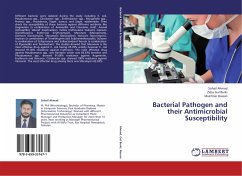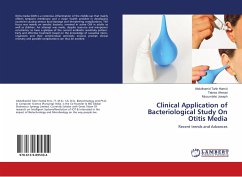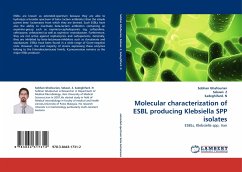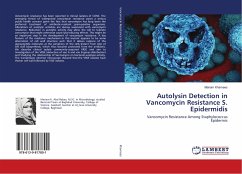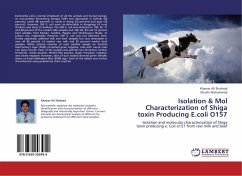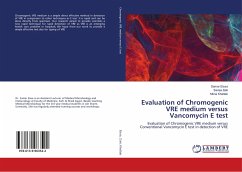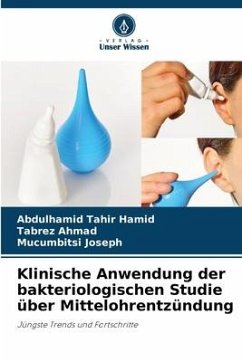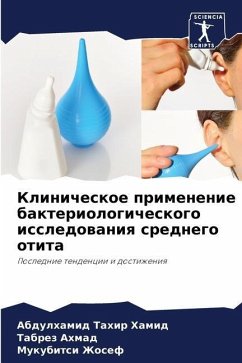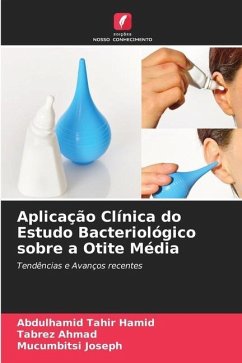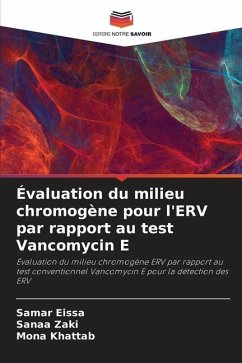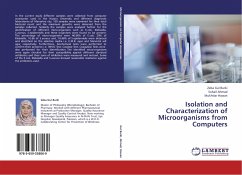
Isolation and Characterization of Microorganisms from Computers
Versandkostenfrei!
Versandfertig in 6-10 Tagen
39,99 €
inkl. MwSt.

PAYBACK Punkte
20 °P sammeln!
In the current study different samples were collected from computer accessories used in the Hazara University and different diagnostic laboratories of Mansehra city. 150 samples were examined for their total bacterial count and the maximum growths were observed from the samples collected. Similarly the samples were analyzed further for the identification of different micro-organisms such as E.coli, Klebsiella, S.aureus, S.epidermidis and these organisms were found to be present. The percentage of micro-organisms were 46.66% of E.coli, 20% of Klebsiella, 16.66 of S.aureus and, 16.66% of S.epide...
In the current study different samples were collected from computer accessories used in the Hazara University and different diagnostic laboratories of Mansehra city. 150 samples were examined for their total bacterial count and the maximum growths were observed from the samples collected. Similarly the samples were analyzed further for the identification of different micro-organisms such as E.coli, Klebsiella, S.aureus, S.epidermidis and these organisms were found to be present. The percentage of micro-organisms were 46.66% of E.coli, 20% of Klebsiella, 16.66 of S.aureus and, 16.66% of S.epidermidis were detected and identified on the selective media i.e. E.M.B. agar and Mannitol salt agar respectively. Furthermore, biochemical tests were performed to confirm their presence i.e. IMVIC Test, Catalase Test, Coagulase Tests were also performed for their identification. The identified micro-organisms were again checked for their susceptibility against different standard antibiotics and their zone of inhibition were measured and noticed. Some of the E.coli, Klebsiella and S.aureus showed reasonable resistance against the antibiotics used.



